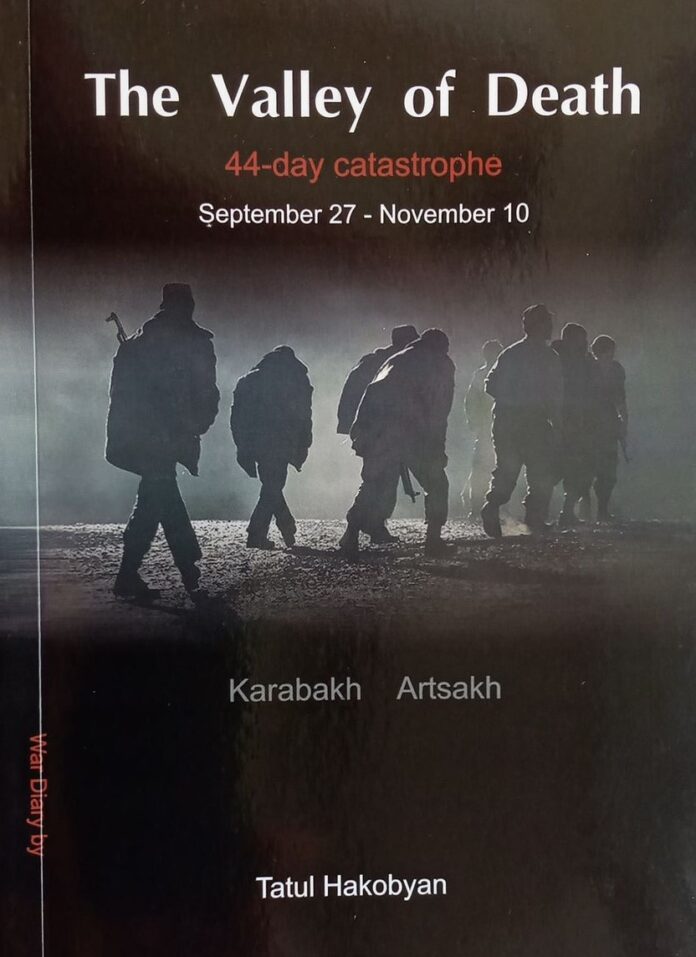Note – This article was published in The Valley of Death by Tatul Hakobyan. The article was first published in 2020.
The administrative borders between Soviet Armenia and Soviet Azerbaijan were designed like zigzags, considering the geography of that area. The bloody war of 1991-1994 resulted in an even more complex situation with regards to the Armenian-Azerbaijani border.
Depending on who had an upper hand in the field of war, one or the other side benefited from the new border. When it comes to Tavush region, where Armenian-Azerbaijani border is around 300 kilometers, some areas are currently under Azerbaijani control, while others, which were considered to be part of Azerbaijan are now part of Armenia.
While there has been no formal process of demarcation and delimitation between the two South Caucasus countries, internationally recognized territories of Soviet Armenia and Soviet Azerbaijan are viewed to be bases for the territorial integrity of the two republics.
From the villages of Chinari and Agdam one can clearly see exactly what Armenian territories are currently under Azerbaijani control. The western part of Agdam village, as well as Sevakar/Gharadash heights together with Khndzorut reservoir have been part of Soviet Armenia, but were taken over by Azerbaijan back in 1990.
Near the villages of Movses/Aygepar/Nerkin Karmir Aghbyur-Alibeyli Azerbaijan had violated the border in two main areas. Parts of Alibeyli village, especially in the western part, some of the agricultural lands belong to Armenia. Similarly, in Nerkir Karmir Aghbyur and a couple of houses in Alibeyli were built on Armenia’s territory. Azerbaijan has also violated Armenia’s borders in Paravakar area, where around 800 hectares of land are impossible to cultivate, as they are under direct fire of Azerbaijani snipers. These are arguably the best agricultural areas of the region, which Azerbaijanis started to cultivate slowly.
Meanwhile, other nearby areas, which were previously part of Soviet Azerbaijan are now under Armenian control. These are the agricultural areas of Kyohna Ghshlagh and Yaradullu villages.
The largest territorial losses which Armenia suffered are in Berkaber-Mazam area. It was in 1990-ies when around 1100 hectares of agricultural land went under Azerbaijani control. The reason this land grab happened is the fact that Azerbaijan has better strategic positions in that particular part of the border.
Meanwhile, the road connecting Mazam village with Azerbaijani city of Ghazakh is also controlled by Azerbaijan. If you look at this area from Ijevan-Noyemberyan highway, you can clearly see that Azerbaijanis had built a kilometer long defensive wall along the road. You can also see an ongoing road construction, which aims to connect several Azerbaijani villages in that same area.
Yet another area which allows Azerbaijan to control is the part where Armenian village Barekamavan and Azerbaijani Ghaymakhli meet. This is also a territory, where Armenian villagers are unable to cultivate their lands because of the presence of Azerbaijani snipers. It is hard to give an exact figure for Armenian lands under Azerbaijani control in Tavush region. However, my own calculations sum up to around 3000 hectares. On the other hand, it is important to note that Azerbaijan also suffered significant losses in early 1990-ies. Around 6 Azerbaijani villages from Ghazakh region are currently under Armenian control. Those villages are Yukhari Aksipara, Ashaghi Aksipara, Baghanis-Ayrum, Barkhudarlu, Sofulu, Kheyrimli. The last village has appeared in the neutral zone between Armenia and Azerbaijan. The villages of Yukhari Aksipara, Ashaghi Aksipara and Baghanis-Ayrum are within the administrative boundaries of Noyemberyan, while Barkhudarlu, Sofulu and Kheyrimli are part of Ijevan municipality. One more reminder. The previously Armenian village of Artsvashen in the north-east continues to be occupied by Azerbaijan since August 1992.
July 20, 2020













